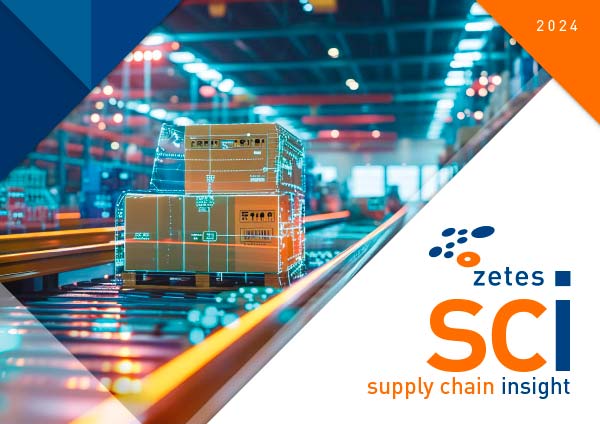Answer the following 3 questions to evaluate to what extent your business can achieve greater supply chain visibility and efficiency.
1. Are your orders being accurately fulfilled and adhering to delivery SLA’s?
Can you deliver on time in full, according to SLA and end customer expectations? Can you ensure continuity of your internal supply chain, avoiding assembly lines being interrupted due to late supply? Can you avoid lost sales due to late or incorrect deliveries?

Example:
A shopper orders online a sunscreen factor 30 which he requires for delivery by Friday at the very latest before leaving on holiday? Can you avoid delivering the wrong factor sunscreen, or worse, delivering it on Saturday?
Why is this important?
Whether your customer is an end-consumer or a stakeholder within your extended supply chain, they are all likely to shift provider or buy elsewhere when their expectations are consistently not met.
2. How much time and effort does it take to identify and solve a fulfilment issue in your supply chain?
When an execution disruption occurs, can you pinpoint immediately in which part of the supply chain the point of failure occurs? Are you capable of taking immediate, corrective measures, or do you resort to costly last-minute actions; or even worse, are you incapable of solving it at all?

Example:
You are expected to deliver 4 boxes of a product and only 3 boxes arrive in your regional distribution centre. Financial penalties are excessive in the case of incorrect or late deliveries. Can you easily find alternative sources of supply, utilise safety stock or re-route or reallocate products already in transit. Or would you need to airfreight or courier in the remaining box from a remote DC abroad?
Why is this important?
The faster you can react to overcome an execution disruption, the smaller the chance your fulfilment will be jeopardised and the lower the cost impact of any corrective measures.
3. How well do the different systems of your supply chain interact to give you the correct supply chain visibility?
If your supply chain does have different operational software systems in place, is it easy to follow the execution of orders? Is it easy to access important business information’s that need to be shared in order to ensure lead times? Do you have a system that aggregates information in real time from multiple sources, such as ERP, WMS and TMS held by different stakeholders (internal or external)?

Example:
When an order is shipped from the hub to the regional distribution centre, do you first need to manually extract relevant data from your WMS system and import into another system (or send as such) to inform the regional DC? Or do your systems transfer this data in an automated way and alert you in case of disruption?
Why is this important?
Manually managed data at any point in a supply chain operation leaves open the possibility of mistakes and information loss. It also hinders the possibility reacting in real-time, as information will de facto be out of date by the time it can be shared with stakeholders.
If you find any of these questions difficult to answer then you would benefit from a free, no obligation consultation with one of our supply chain visibility consultants. Book your free session now!
